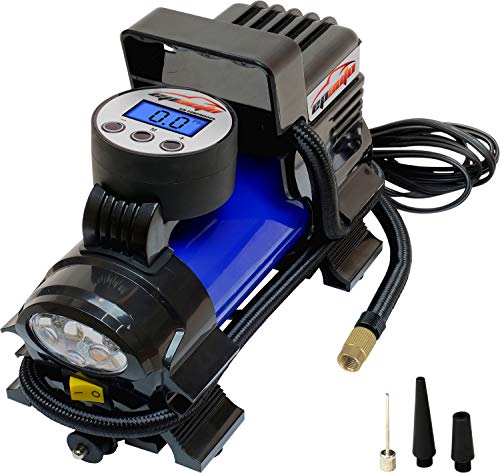Bumpy rides are fun in amusement parks, but not when you’re driving your car. Whenever you’re behind the wheel, your journey should feel as smooth as possible. If you notice your car ride feels a bit bumpy, then you need to check out the research we’ve done on this potentially dangerous issue.
Here are the most common reasons your car feels bumpy while driving:
- Improper tire pressure
- Uneven tire tread
- Unbalanced tires
- Suspension system damage
- Braking system problems
- Transmission failure
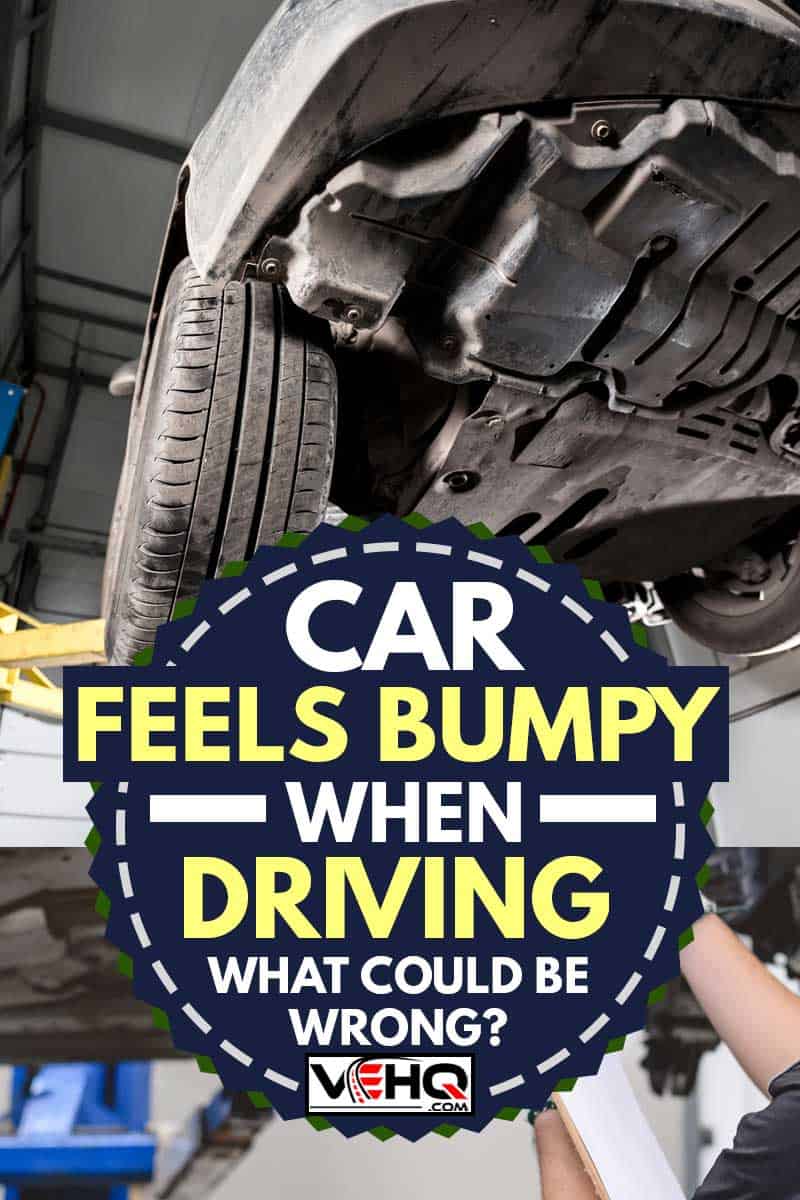
If your car feels a bit bumpy while driving, you’ve got to check out the info in this post. Below, we’ll go over a few causes for this issue and strategies you could use to keep your car running smoothly.
Disclaimer: The information in this article is for educational purposes only. No online advice can replace the opinion of a qualified mechanic. If your car feels bumpy, contact the auto shop asap for a proper checkup.
Four Common Reasons For A Bumpy Car Ride
In this first section, we’ll share four of the most common explanations for why your car ride feels bumpy. As always, we recommend visiting a trusted mechanic to figure out exactly why your vehicle isn’t running smoothly.
Are Bad Tires To Blame For Bumpiness?
In the majority of cases, bad tires are to blame for your bumpy ride. Even if bum tires aren’t the primary cause of your car’s issues, there’s a good chance they’re contributing to your “choppy cruise.”
The most common tire-related issues include improper pressure, uneven wear, and tire misalignment. In more severe cases, a bumpy ride could signal your tires aren’t correctly attached to your vehicle.
Thankfully, there are many proactive steps you could take to keep your tires in tip-top shape. In the second section, we’ll share a few maintenance tips every car owner should keep in mind. You could also read through this VEHQ post for specific info on car alignments and rotations.
Does A Car’s Suspension System Affect Smoothness?
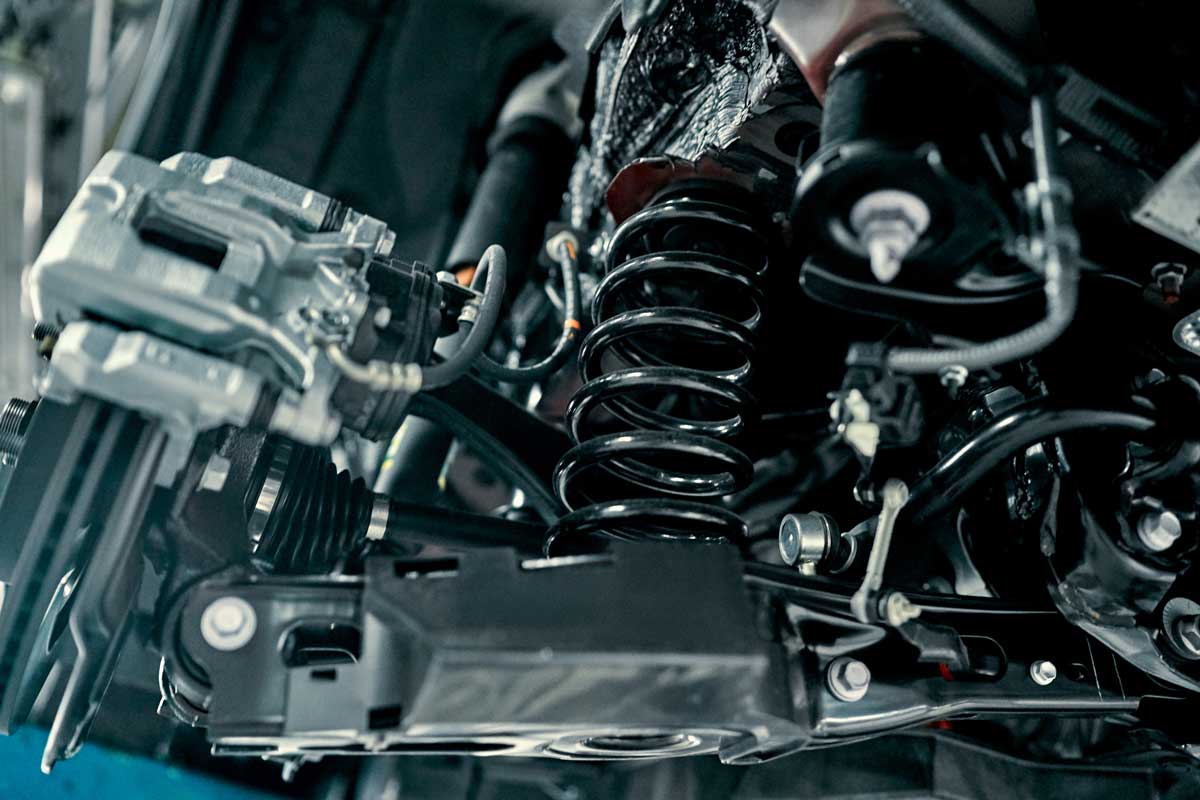
The suspension system refers to a collection of springs, ball joints, and dampers (e.g., struts and shocks) that connect the wheel axle to the body of the car. In a healthy vehicle, these components should work together to absorb the impact of bumps on the road. The suspension system also keeps your vehicle well-balanced while turning, accelerating, and braking.
Considering all of these features, it’s no surprise a faulty suspension system is often behind a bumpy ride. This is especially true if you feel your car bouncing when driving over bumps in the road.
How Do You Know If Your Suspension Is Damaged?
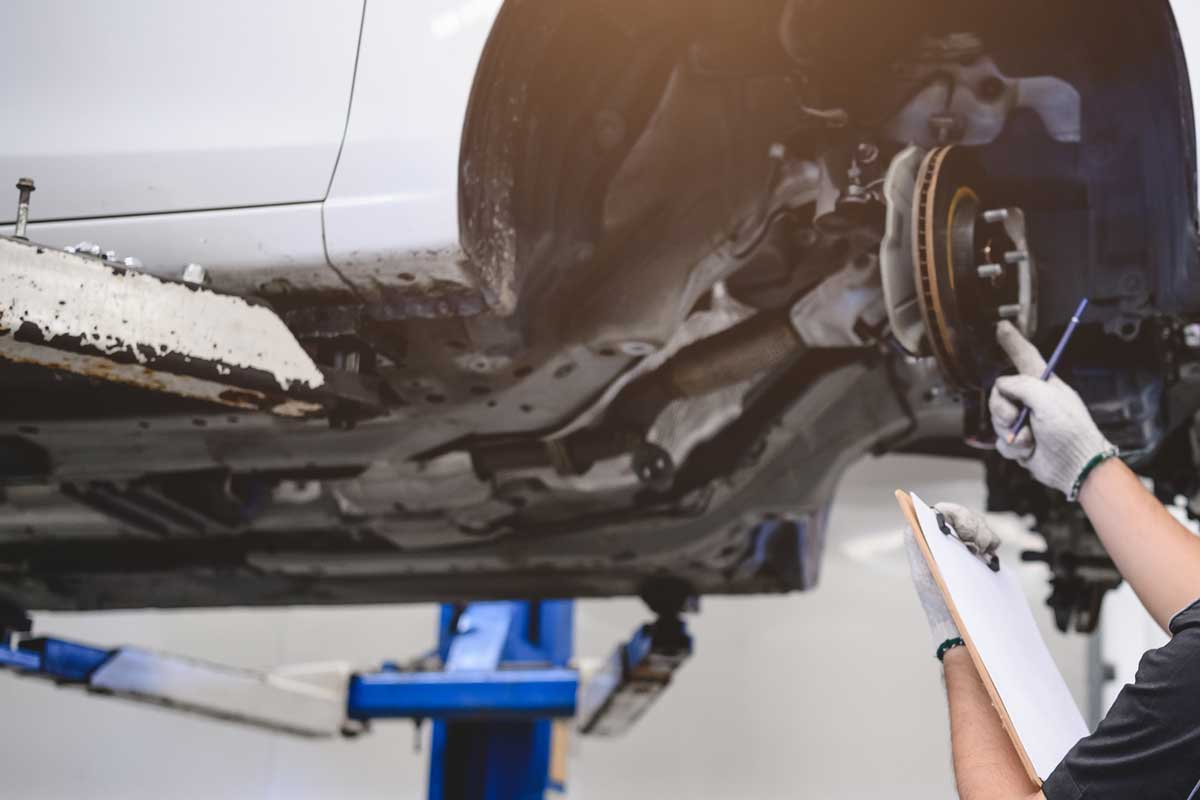
As just mentioned, a bumpy ride is a warning sign your suspension system is off. But that’s not the only symptom of a poor suspension. Here are a few other signs to watch out for:
- There’s uneven wear on your tires.
- It takes longer to reach a complete stop after hitting the brakes.
- Your car drifts or leans while turning.
- The shock absorbers are leaking oil.
Another way to check whether your suspension is damaged is to give your car the tried-and-true “">bounce test.” Push your car a few times on the side of the trunk and then let go. If your struts are healthy, then your car should stabilize quickly. Cars with weak struts will keep bouncing two, three, or even four times.
While this “bounce test” is no replacement for a professional inspection, it could give you a sense of your suspension system’s strength.
What Do Bad Struts Sound Like?
Another way to detect issues with your car’s suspension system is to listen for any unusual noises near the tires. For example, struts tend to make a “clunking” sound when they start to wear out. You’ll especially notice this noise when driving over potholes or bumps.
Please bear in mind, clunking noises don’t automatically mean your struts are worn. Be sure to read through this VEHQ post for more detailed information on this troubling noise.
What Does A Bad Shock Sound Like?
Like struts, shock absorbers are cylindrical units that use piston rods and oil chambers to dampen the impact of bumps. Since shocks and struts are so similar, both produce a similar “knocking” sound when they go bad.
Beware Brake System Failures
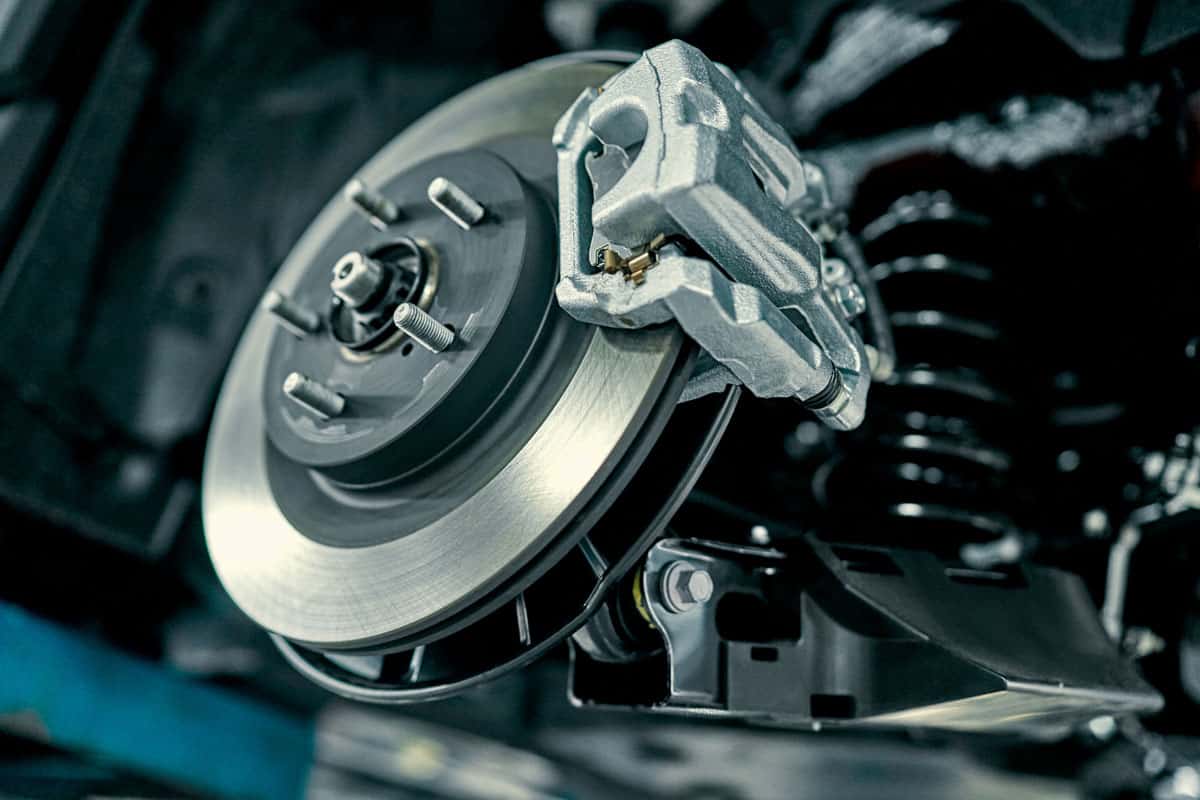
A faulty braking system is another potential reason you’re experiencing a bumpy ride. As you probably could’ve guessed, signs that your brake system is off will often occur after applying pressure to the brake pedal.
For instance, you’ll probably notice a wobbling sensation whenever you bring your car to a complete stop. You might also hear a loud squeal every time you hit the brakes.
If you ever feel like your brake system isn’t responsive, then you need to bring your car to a mechanic ASAP. As you could imagine, driving without reliable brakes is a serious safety hazard.
The Terror Of A Testy Transmission
Although it’s not as common as poor tires or suspension damage, transmission issues could cause your car to vibrate while driving. However, if the transmission system is at fault, you’ll probably notice choppy conditions when you try to switch gears. Other telltale signs of a bad transmission include burning odors and weird humming sounds.
Unfortunately, transmission repairs and replacements are some of the most expensive jobs. Typical prices for transmission rebuilds are between $2,500 – $4,000.
The best way you could avoid costly transmission issues is to ask your mechanic about a “transmission flush.” Although it’s not as well known as oil changes, transmission flushes are a standard maintenance procedure that can keep your unit well-lubricated and free from debris.
Consider scheduling a transmission flush every 30,000 – 50,000 miles for the best results. FYI: the cost of a transmission flush is between $100 – $200.
How Do I Make My Car Ride Smoother?
Now that you know a few common causes for bumpy rides let’s review preventative steps you could take to maintain a smooth ride. In addition to easy maintenance tips, we’ll share exciting info on the auto industry’s smoothest cars.
Will New Tires Make My Car Ride Smoother?
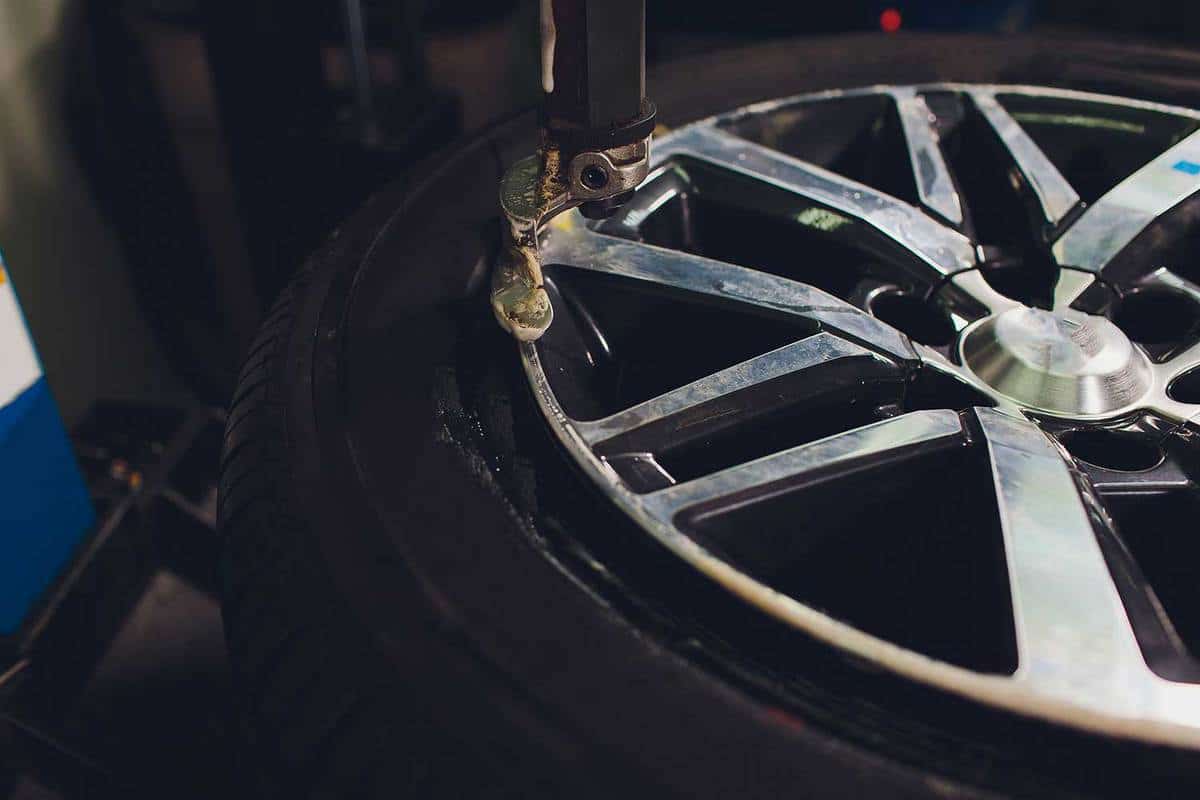
Yes, new tires could improve the comfort of your ride. Not only will new tires make your ride smoother, but they will also provide you with better gas mileage, reliable traction, and precise turning.
Every manufacturer has different recommendations for when to get your tires replaced, so be sure to consult your owner’s manual. In general, however, you should get your car’s tires changed every 25,000 – 50,000 miles. By the way, most wheel replacements nowadays cost in the $750 range.
Simple Ways You Could Maintain Your Tires
To make the most of your car’s new tires, please don’t forget to schedule regular tire rotations and wheel alignments. Adding these two services to your maintenance routine could dramatically enhance your tires’ longevity.
As a rule of thumb, it’s best to schedule tire rotations every 6,000 miles and wheel rotations at least once per year. You should also check your tire pressure at home every 1,000 miles.
If you’re looking for a reliable tire pressure gauge, check out this digital reader put out by AstroAI:
You can find out more info on this Amazon link.
For those looking for a reliable tire inflator, be sure to check out this product by EPAUTO:
Click this Amazon link for more details.
What Car Has The Smoothest Ride?
Another way to increase the odds of enjoying a smooth ride is to purchase a car brand known for superior suspension technology. Unsurprisingly, luxury car brands tend to earn the highest accolades in this category.
A recent survey out of Consumer Reports found that high-end brands like Mercedes-Benz S-Class and the BMW 7 Series have the smoothest rides. A few other models that performed well in Consumer Reports’ study include the following:
- Audi A6
- Genesis G90
- Cadillac C16
- Jaguar XF
- Lincoln Continental

If you’re interested in learning more about exceptional foreign and American cars, then be sure to check out this previous VEHQ post.
Continuously Controlled Damping: A Game-Changing Design
To help improve driver comfort, many car manufacturers are investing in a revolutionary suspension system known as “Continuously Controlled Damping” (CDC). Cars with this new system have dozens of sensors that can scan road conditions in real-time. These sensors could use the data they receive to adjust valves in the damping system automatically.
By prepping your car for potholes, the CDC could provide superior comfort. If you’re interested in learning more about this new system, be sure to read this detailed post on Ford’s website.
Here’s Hoping You Have A Smooth Ride!
A smooth ride isn’t a luxury reserved for fancy foreign cars. As you could see from this post, vehicles that don’t drive smooth could be a severe safety hazard. If you ever notice your vehicle vibrating while driving, you should schedule an appointment with a trusted mechanic.


